Go Local With Our Favorite Thai Artisanal Foods
Handmade products we love.
Advertisement
Got a taste for artisanal fare? Here are some more local handmade products we love.

 |
 |
 |
 |







 |
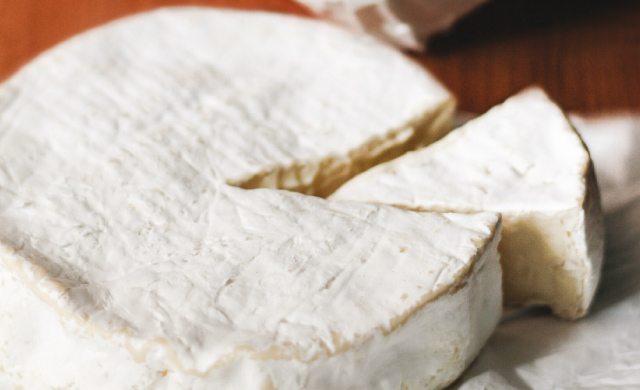 |
 |
 |


 |
Ingredients :
1 liter of heavy cream
1 liter of milk
¼ cup of fresh squeezed lemon or lime
1. Heat heavy cream and milk in waterbath or double boiler to 85 degrees Celsius.
2. Add the lemon/lime juice and stir well.
3. Rest for 20 minutes.
4. Put the resulting curds in a cheesecloth-lined colander and drain.
5. Hang the cheesecloth with the ends tied up for 1-2 hours (or until the curds stop draining). You can add salt depending on taste.
6. Refrigerate and enjoy.
|


 |
 |
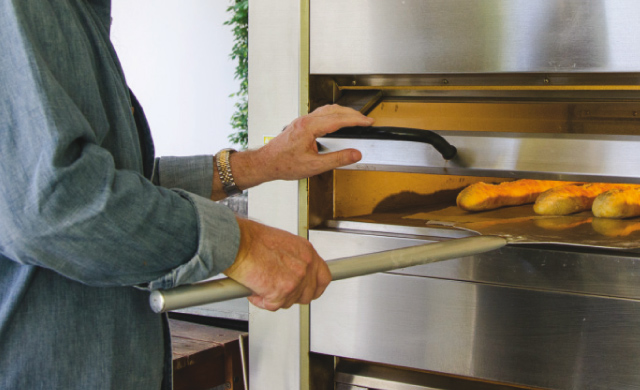 |
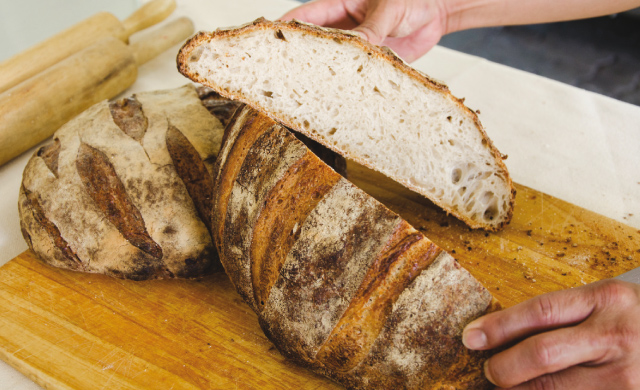 |



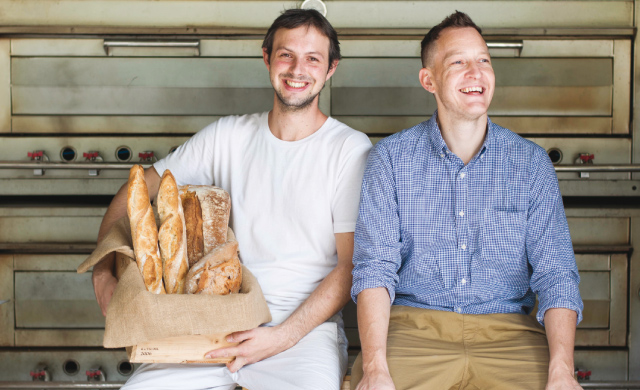 |
 |
 |
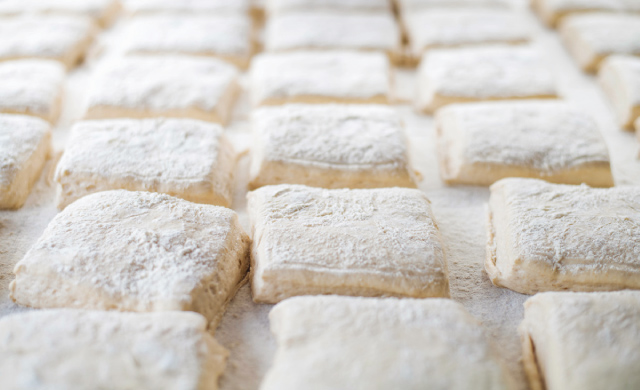 |


|
1. Mix the starter with water, flour and salt. Let it rest. Don’t add sugar. |
2. Over the course of three days, regularly shape and fold the dough. Because sourdough starter is much less powerful than industrial yeast, it takes a long time to make the bread rise.
|
3. Shape the dough.
|
|
4. Put it in the fridge for 15-30 hours to develop flavor and texture. |
5. ake it in the oven for around 50 minutes on an oven-proof plate. |
6. Enjoy. |


 |
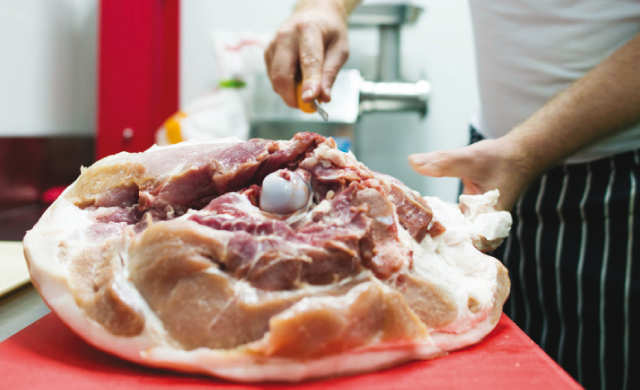 |
 |
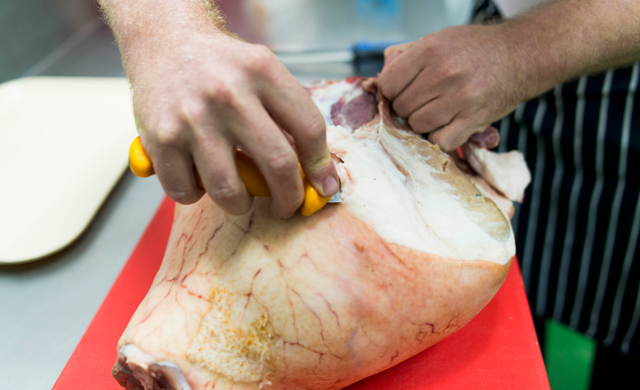 |

Advertisement
How was Bonaparte born?
Bonaparte's mother was feeling funny one day and she thought it was the tuna sandwich that she ate for lunch, but then she gave birth to a little pink-haired creature and realized what that funny feeling was: Bonaparte! That's how it all started. Oh, you mean the band? In 2006, I drove around Europe in a red rally car from the 60s with nothing but a guitar on the backseat. I was eventually stranded in Spain where I wrote a lot of songs. When I was invited to play in Berlin by the legendary Bar25, I needed a name, so I called the band Bonaparte! The project was only supposed to last for one night. But it was so much fun that we’ve kept it going for more than seven years now. From Berlin to Bangkok in 7 years—not bad!
How would you describe your sound?
Some say it is loud! I'd say it is a mixture of the energy of punk, the swing of jazz, the club affinity of Berlin electronic music, the message of folk music, the dripping love of soul and the tribal fire of native music. It is a mixture of everything that sticks after coming home from a journey. So, who knows how we will sound after this first visit to Asia?
Would you describe your performances as concerts or cabaret?
I personally would not call them cabaret, no. I write songs, I perform them live with a band is the core explosion of everything. But I like to take along some friends who do not play instruments, so we started having dancers on stage–they call themselves "divas" and I guess because it is very visual I usually call it a "show." But we’ve also featured people reading a book or grilling sausages on stage. It is all a visual enhancement of the music. It should connect to all of your senses.
How can Bangkokians prepare for your show?
I think you should eat a lot of papayas for breakfast because on the night of the Bonaparte show you will sweat, sweat, sweat—and sweat! You could, of course, prepare by learning the lyrics to songs like "Too Much" but, most importantly, be there! Be there when we play our first ever show in Bangkok! We are very excited that you will have us.
What’s your favorite outfit for performing live?
I always wear the same shoes. For seven years now, I’ve only performed in my old white boxing shoes. I used to joke that the day I can't find old white boxing shoes anymore, I will have to stop performing as Bonaparte, but I don't think this would actually happen. As long as I have my shows and a guitar nothing can go wrong!
What's your first music memory?
I guess my mother playing the cembalo when I woke up on Sunday mornings as a child was quite magical. It's almost like what dying must be like, when you have done everything right in life and you arrive in heaven in a soft feather-bed and someone is serenading you. Sweet!
Advertisement
Advertisement
Advertisement
This two-story building at the corner of Sukhumvit Soi 45 hints at its eclectic mix of home decor with its faded brick walls, unpainted floors and pipes that run all over the ceiling. Smaller decorative curios, nightstands and wooden chairs can be found on the first floor, while larger pieces like dining tables, chests of drawers in a distressed silver finish and industrial-chic leather couches take up the second floor.
Sukhumvit Soi 45, Sukhumvit Rd., 02-258-1917. Open daily 11am-8pm. www.casapagoda.com
This bar and restaurant down on Ramkamhaeng Road has already made its name for hosting the monthly Haus Are You gigs and being the new home for Goodcat parties. The other side of the business, though, comes from partner Natchaphan “Ae“ Pisarnkoskul's, passion for architecture and interior design. The third floor is packed with imported furniture for both rent and sale. There’s plenty of mid-20th century designers’ products like the 1950s George Nelson Swag desk and 1960s Vintage Eames Upholstered Shell office chair.
62-64 Lad Phrao Soi 122 (Ramkhamhaeng 65). 085-162-2111. www.facebook.com/Haus20.Modern
Here’s another great option if you’re looking for a combined chill and vintage retail therapy session after dinner around Thonglor. Sip a bottle of beer while listening to music from all corners of the globe surrounded by old-school surfboards, Vespas and vintage pianos. Most of the collectibles are up for sale, too, with prices starting from B1,000.
Soi Thararom 2, between Thonglor Soi 18 and 20, 081-824-8011. Open daily 3pm-1am
Even though the club on the second floor has been revamped as Moose, the original home décor outlet on the first floor is still running, with a second branch also in Ekkamai-Ramintra. Here, you’ll find 60s folding dining tables, an Ibkofoed Larsen wooden dining set, Borg Mogensen chairs and colorful iconic Egg Chairs by Arne Jacobsen.
24 Ekkamai Soi 21, 02-711-5629. Open daily 9am-6pm. Ekkamai-Ramintra Outlet, 081-373-0980.
This two-story pub, restaurant and art gallery's 70s-inspired oddball bric-a-brac is actually for sale, The place also serves up a nostalgic soundtrack, Thai-inter food along with draught Stella Artois, Hoegaarden and cocktails served in huge martini glasses.
11-12 A, 34 Ekkamai Soi 21, 02-711-5500. Open daily 11-1am
Advertisement
Inspired? Get the look with Best Shops for Retro Decor in Bangkok

You can’t deny industrial décor is in vogue right now. Over the past year, it seems that every other new café and restaurant has adopted the bare bricks, black steel and naked bulbs look. One of the venues to kick off the trend was the expansion of Casa Lapin [originally in Thonglor Art Village] to Sukhumvit Soi 49. Here, the Be Grey design team transformed an old shophouse into a hip yet homey loft-inspired café (it helps that they serve great coffee, too). The first two stories are still reserved for the coffee shop, but the fourth floor is now home to one the café’s partners and Be Grey designer, Nattaphat “Lux” Suriyakumphol. We paid Lux a visit and he told us more about why he went with a functional, industrial look for his 48-sq-meter home.
|
|
|
 |
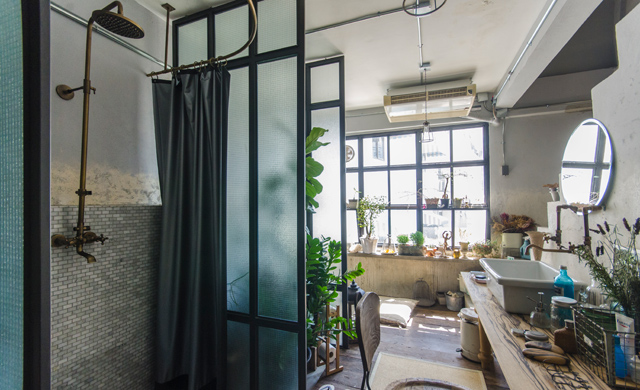 |
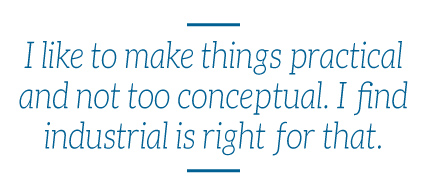
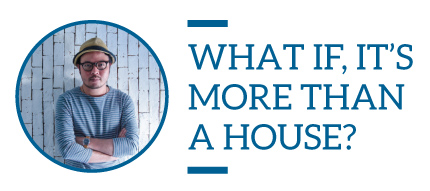
|
|
|
 |
 |
What was your original plan for this shophouse?


|
|
|
 |
 |


Nestled in the old town, near Pichai intersection, Pichai Apartment is a three-story building that’s home to many writers, stylists and other creative types. The tenants’ easygoing character and the place’s lack of strict rules make it more like a community than a sterile apartment complex, and hence a welcoming place to live. Wuttikorn “Ong” Akkaratanasompop, the executive art director and production supervisor at the Visionary production house and guitarist for the band The Layers, just won a Baan Lae Suan Award earlier this year under the best design category for his room. We caught up with Ong to get the lowdown on how his passion for grunge informed his design.
|
|
|
 |
 |

Advertisement
Advertisement
Advertisement
Why do you like to act so provocatively?
I don’t see it as provocative. It’s a way to bring people’s attention to the message that I want to communicate. Regarding the pose with the Pridi Panomyong statue at Thammasat University, I just wanted to remind people that Pridi would have wanted students to follow his principles, not simply worship him. That statue is just stone. The act was criticized by many, but I just used sex as a tool to communicate that uniforms are controlling our true identity. I quit Chulalongkorn University because they abused my fundamental human rights, forcing transgender students to wear male uniforms and cut their hair short. I couldn’t stand for that. Thammasat gave me the freedom to be who I am.
People say you only did it because you want to be famous.
That’s so untrue. Why would I put myself in a position where people are denouncing me and even cursing my family? I just want to raise awareness of the fact that people have the right to go against tradition and culture, which are often just concepts used to control people.
Have you been threatened?
Yes, a lot, but mostly on the internet, not in reality. I did have to run away once, though, after I saw a bunch of people walk towards me with a look of hatred.
Why do you keep doing it?
I believe it’s a way of showing people that not everyone in society has to think the same way. We must learn to tolerate and accept one another so that we can live together without have to resort to violence.
Why are you against this controversial amnesty bill?
This law is totally unfair for people who lost their lives. There was a massacre in 2010 and those who ordered the killings, Abhisit Vejjajiva and Suthep Tueksuban, will get away with it. Even Thaksin Shinawatra, I want him to be punished for his involvement in the killings in the South, the Krue Se Mosque incident and Tak Bai incident. This amnesty is unlawful as it’s against the human rights of the people who died. You can’t just forget that. It shows that Thai society just doesn’t learn from past mistakes. We had killings in 1973, 1976, 1992 and 2006, and, in all those incidents, ordinary people are always the biggest losers. I feel betrayed by the Pheu Thai Party.
What’s next for you?
I will campaign to reduce gender discrimination, especially against transgenders. If we aren’t as pretty as Poy Trichada, then we are always treated as a joke, and that’s not right. I also dream to work in journalism to encourage people to understand this important issue.
Advertisement